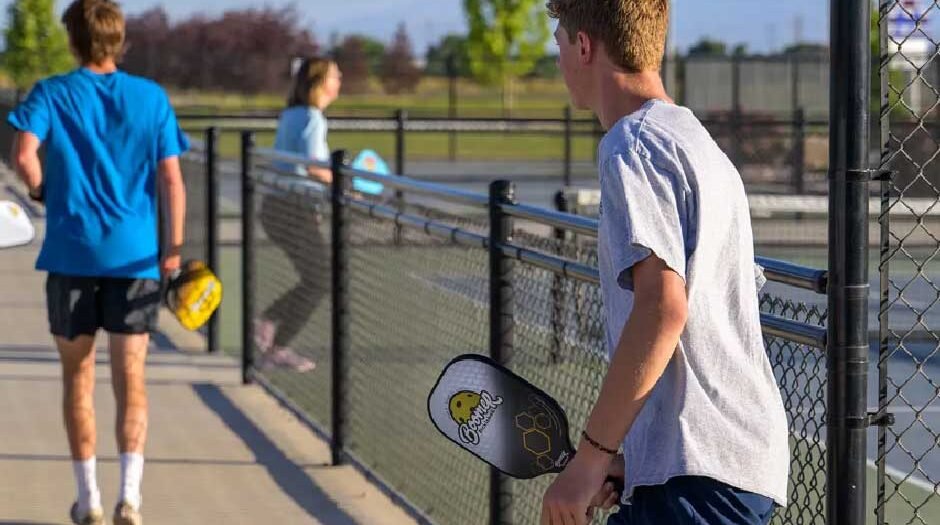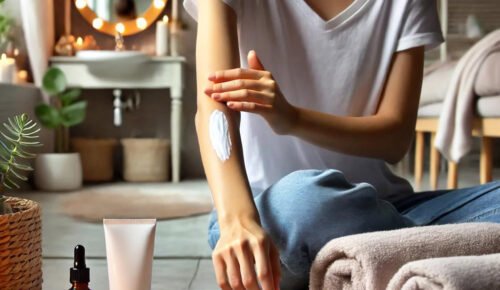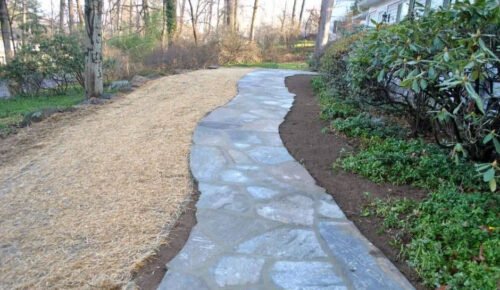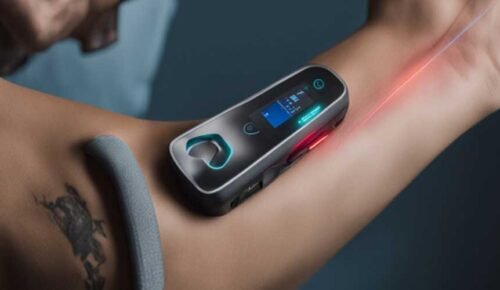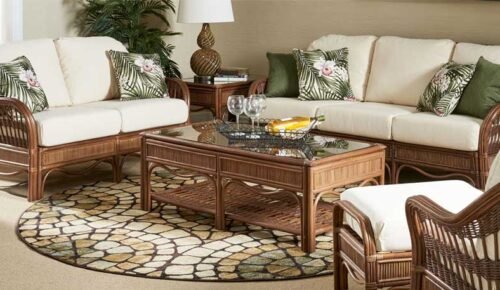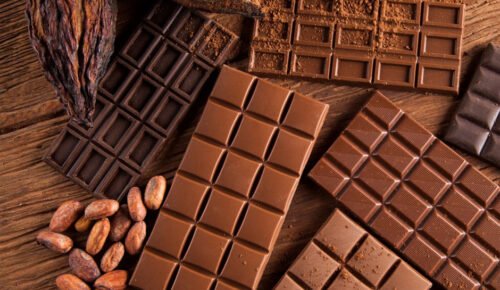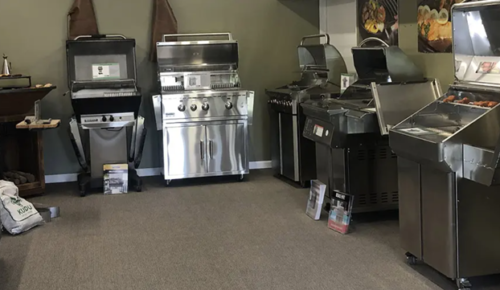The Science Behind Paddle Dynamics
How Material Composition Drives Shot Precision and Force
The materials used in a pickleball paddle define how it performs. Core materials like polymer, nomex, or aluminum impact energy transfer and control. Polymer cores provide soft touch and forgiveness, while nomex cores are firmer for added power. Aluminum cores balance both but can reduce spin potential.
Face substrates like graphite and composite also matter. Graphite enhances control through stiffness, but composite faces generate more force due to their slight flexibility. Studies show that surface roughness and stiffness affect spin rates. A paddle with more grit or a firmer core can significantly increase topspin or slice effects.
Laboratory tests demonstrate that changes in stiffness or vibration dampening shift how the paddle feels and reacts. A paddle with a larger sweet spot will allow greater forgiveness, boosting consistency. Small material changes, such as edge reinforcement, can amplify power and control for competitive play.
Dialing In Grip Size for Peak Performance
Selecting the Right Handle Profile to Balance Comfort and Control
Grip circumference directly impacts wrist stability during swings. A paddle with a properly sized
grip improves control, especially for dinks and drives. If the grip is too large, wrist mobility decreases, limiting spin. Conversely, grips that are too small reduce power and cause strain.
To measure grip size at home:
Open your hand and measure the distance from the tip of your ring finger to the second crease of your palm.
Match this measurement to the grip sizes most manufacturers offer.
Avoid over-wrapping or under-taping the handle. This disrupts balance and consistency, especially during quick volleys. Invest time in finding the right grip fit.
Weight and Balance: The Underrated Game-Changer
Decoding Head-Heavy vs. Head-Light Paddle Designs
Weight distribution affects how well the paddle performs in different scenarios. Head-heavy paddles generate more power, making them ideal for baseline rallies. However, they slow down reaction time at the net. By comparison, head-light paddles are quicker to maneuver, excelling during fast exchanges.
|
Paddle Type |
Benefits |
Best For |
|
Head-Heavy |
Increased power, better drives |
Baseline play, heavy hitters |
|
Head-Light |
Faster response, easier movement |
Quick volleys, net control |
To test preferences: Hold your paddle horizontally. Note how it feels when using wrist motion for spins. Practicing multiple swing scenarios will reveal what weight and balance suit your style.
Surface Technology and Edge Guards
Harnessing Face Texture and Protection for Long-Term Spin Mastery
Paddle surfaces matter for advanced shot-making. Modern paddles often feature textured faces, micro-etching, or polymer coatings to increase friction. These additions enhance spin by creating better ball bite during contact.
Edge guards, while sometimes overlooked, offer critical protection. They shield the paddle from damage, preserving the sweet spot and extending equipment life.
Maintenance tips include:
Clean the paddle face with a damp cloth after play to avoid dirt buildup.
Use mild soap for stubborn grime but avoid abrasive cleaners that may degrade surface roughness.
Inspect and replace edge guards if they loosen or crack.
Where to Source Top-Tier Paddle Equipment
Identifying Reputable Suppliers and Testing Opportunities
When shopping for quality gear, choose retailers that offer demo programs, warranties, and flexible return policies. Before buying, in-store testing helps you evaluate paddles for grip fit, balance, and weight. Online options can be a good alternative, provided the retailer allows returns if the paddle doesn’t meet your needs.
Explore trusted retailers that provide on-court demos and full warranties for a curated selection of high-performance pickleball paddles. Proper testing ensures confidence in your choice.
Matching Paddle Features to Your Playing Style
Tailoring Specs for Singles, Doubles, and All-Court Tactics
Choosing the right specs depends on your playing style. Here’s how paddle features align with different skill sets:
|
Playing Style |
Weight |
Balance |
Grip Size |
|
Singles |
Head-heavy |
Power-oriented |
Firm, controlled |
|
Doubles |
Lightweight |
Balanced |
Smaller for quick volleys |
|
All-Court |
Mid-weight |
Versatile |
Comfortable, stable |
Visualizing your needs can be simplified with a flowchart. For example:
Do you prefer power or control?
Do you play aggressive at the baseline or softer at the net?
Reassess your paddle as skills grow. Experiment periodically to find better configurations as your game develops.
Upkeep Strategies for Consistent Court Results
Essential Maintenance Tips to Preserve Paddle Performance
A well-maintained paddle lasts longer and performs better. Follow this simple checklist:
Wipe paddle surfaces clean after every session to maintain grip and texture.
Replace grips regularly if they show signs of wear or feel slippery.
Check edge guards for damage and repair them promptly.
Store paddles in cool, dry spaces to prevent material degradation. Budget-friendly solutions, like DIY grip replacements, are good for quick fixes, but professional servicing helps with more complex issues.
Improve Your Game Through Consistent Gear Optimization
The interplay of material, weight, grip, and surface technology determines how effectively a paddle enhances shot precision and power. As your playing skills evolve, periodic evaluations of your paddle can lead to better results. Don’t hesitate to test new combinations and find what
works best for you. Select wisely, maintain your gear, and enjoy the confidence that comes with optimized equipment.
